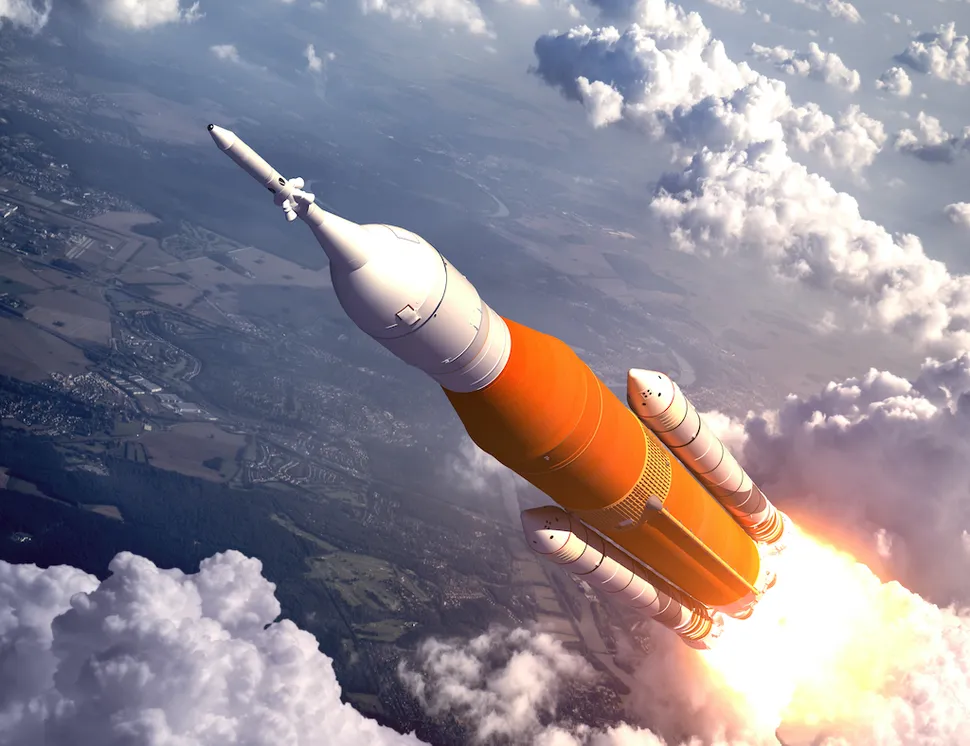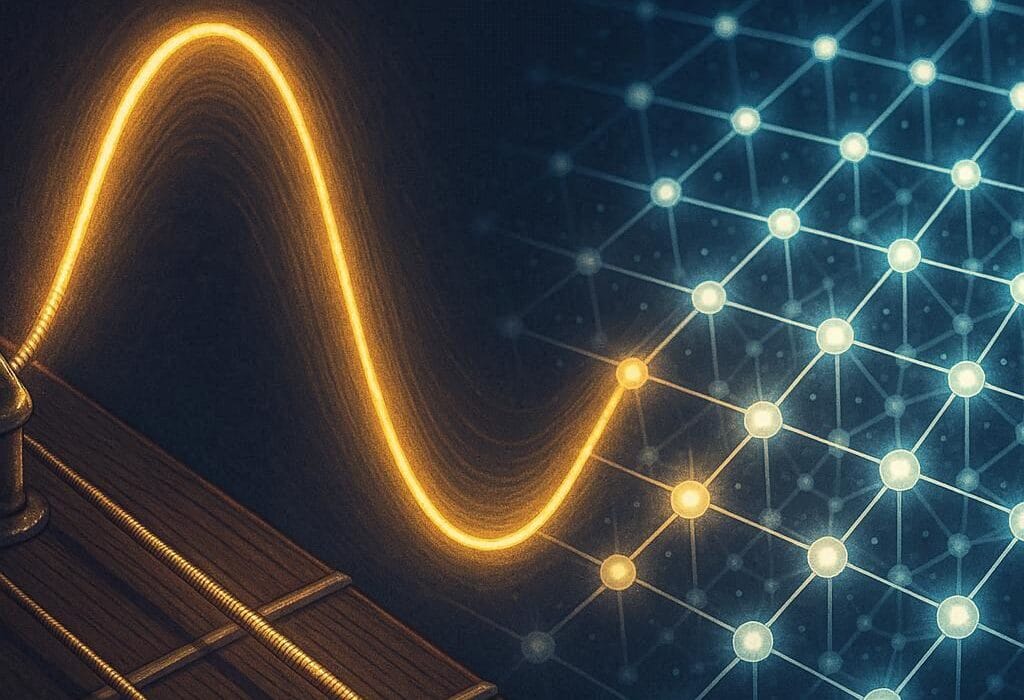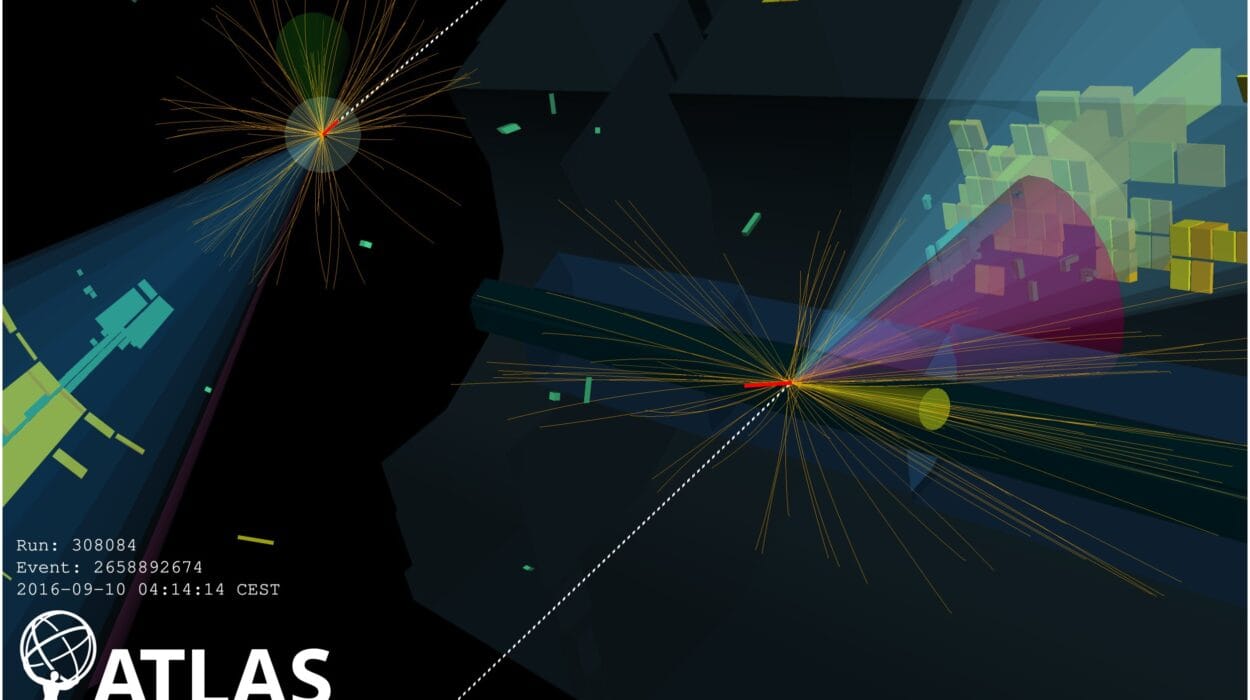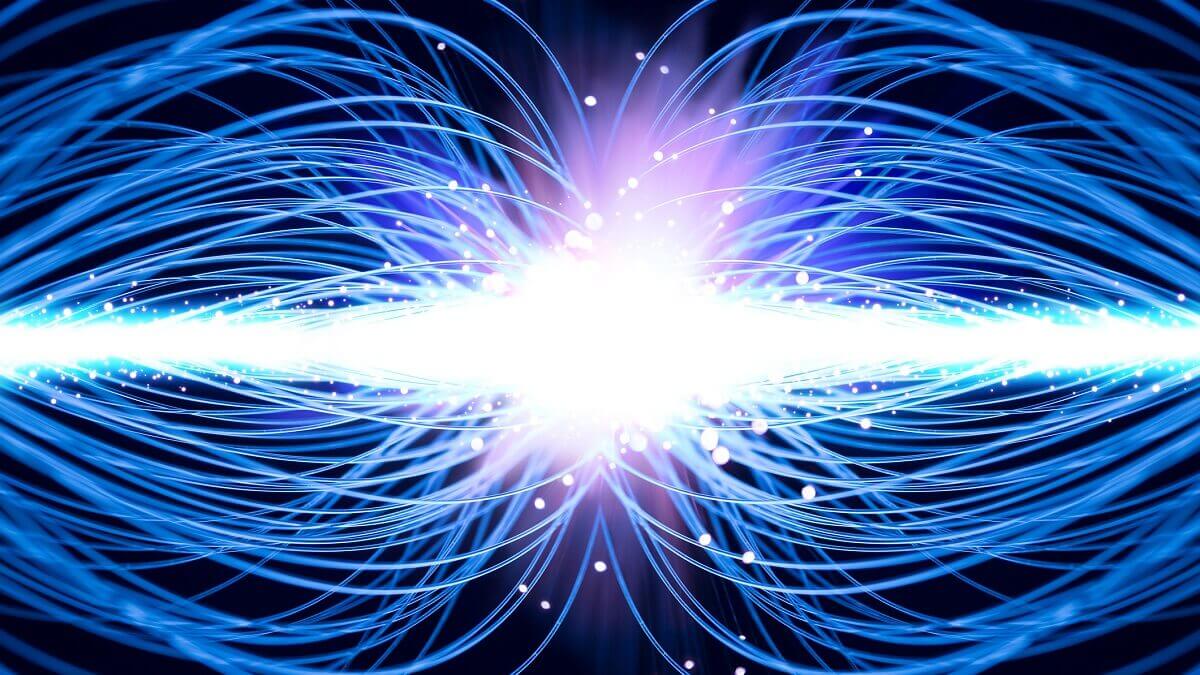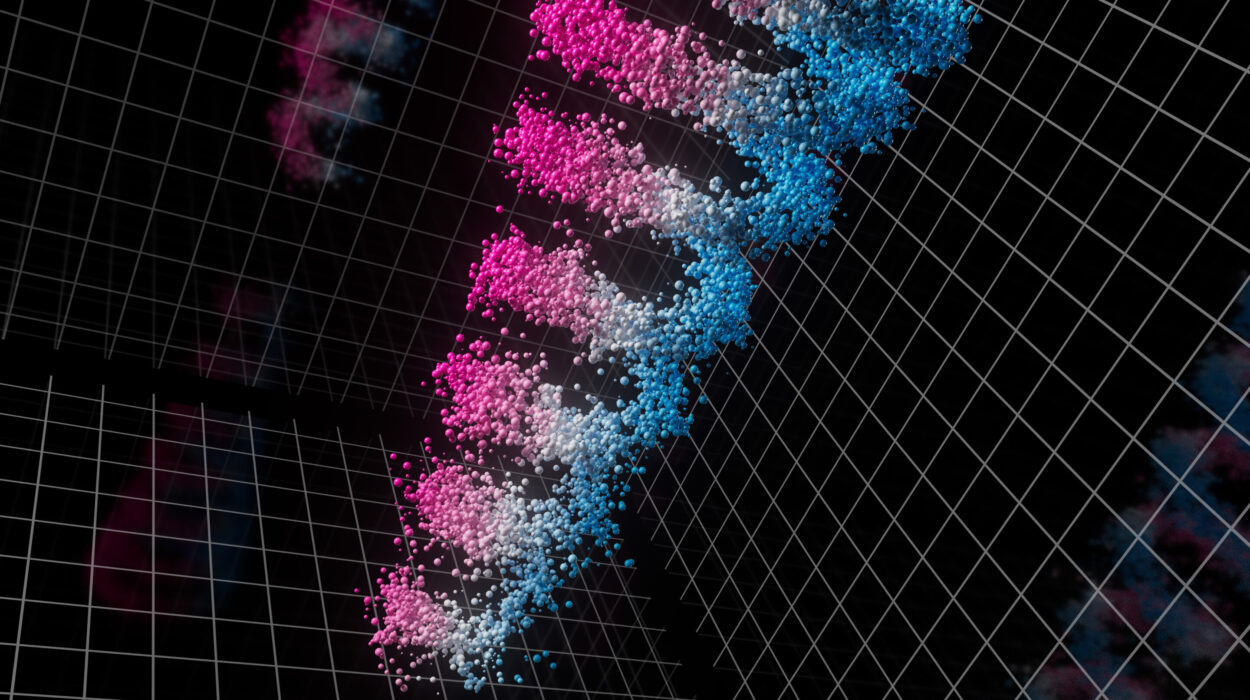For as long as humans have gazed up at the night sky, the stars have beckoned with a promise of discovery. The twinkling cosmos ignited our imaginations long before it was ever possible to escape Earth’s gravity. Ancient civilizations wrote stories about gods descending from the heavens, and astronomers mapped the stars with wonder. But it wasn’t until the 20th century that the dream of leaving Earth became reality. The vehicle that made it all possible? The rocket.
Behind the spectacle of launch pads rumbling and trails of fire shooting skyward lies an elegant symphony of physics. Rockets are more than metal tubes packed with fuel; they are precise instruments born from the marriage of Newton’s laws, thermodynamics, fluid mechanics, and the vast realm of astrophysics. Understanding how rockets work is not just about engineering; it’s about mastering the laws that govern the universe itself.
This article will take you deep into the engine room of rocketry, exploring every thrust, flame, and calculation that powers space travel.
Newton’s Laws: The Bedrock of Rocket Motion
At the heart of rocket propulsion are Isaac Newton’s laws of motion, especially the third: for every action, there is an equal and opposite reaction. This principle is the cornerstone of rocket science.
When a rocket fires its engines, it expels mass in the form of high-speed gas out of its rear nozzle. The action is the ejection of gas; the reaction is the forward thrust of the rocket. Unlike a car that pushes against the road or a plane that relies on air, a rocket doesn’t need anything to push against. It creates its own push by hurling mass backward.
Newton’s first law explains why rockets need to overcome inertia. At launch, the rocket is at rest, and only a net force — thrust exceeding gravity — can change its state. Newton’s second law, F = ma, gives engineers the precise relationship between the force required, the mass of the rocket, and the acceleration needed to escape Earth’s pull.
What Is Thrust?
Thrust is the force that moves a rocket forward, generated by the expulsion of exhaust gases. The amount of thrust a rocket can produce depends on two main factors: the mass of the exhaust leaving the rocket per second and the velocity at which it leaves.
This relationship is captured in a fundamental equation known as the thrust equation:
Thrust = mass flow rate × exhaust velocity
This is a direct application of Newton’s second and third laws. The higher the exhaust velocity or the more mass ejected per second, the greater the thrust.
To maximize efficiency, engineers design engines to release gases at incredibly high speeds. In chemical rockets, this means harnessing violent reactions that convert liquid or solid fuel into superheated plasma exiting the nozzle at thousands of meters per second.
The Rocket Equation: The Tyranny of Mass
One of the most unforgiving aspects of rocketry is known as the Tsiolkovsky rocket equation, named after the Russian scientist Konstantin Tsiolkovsky who derived it in 1903. It expresses the change in velocity (Δv) a rocket can achieve based on its initial and final mass and the exhaust velocity of its propellant:
Δv = ve × ln(mi / mf)
Here, ve is the exhaust velocity, mi is the initial mass (including fuel), and mf is the final mass (after fuel is burned). The logarithmic nature of the equation means that adding more fuel yields diminishing returns. The more fuel you carry, the heavier the rocket, and the more fuel you need just to carry that extra weight. It’s a vicious cycle.
This equation defines what is often called the tyranny of the rocket equation. To reach orbit, you need a specific Δv — for Earth, around 9.3 to 10 km/s. Achieving that with chemical propulsion requires staging, where parts of the rocket are jettisoned to shed mass and improve efficiency.
Staging: Shedding Weight for the Win
Multi-stage rockets are the solution to the mass problem. Instead of building a single giant rocket to go all the way to orbit or beyond, engineers divide it into segments or stages. Each stage has its own engines and fuel supply. After a stage runs out of fuel, it is detached and left behind, making the remaining rocket lighter and easier to accelerate.
The famous Saturn V rocket that took astronauts to the Moon had three stages. The first stage burned for just two minutes, providing the brute force to lift off the pad. The second stage carried the rocket higher, and the third stage put the spacecraft into orbit and later pushed it toward the Moon.
Without staging, chemical rockets simply couldn’t carry enough fuel to escape Earth’s gravity well and still have room left for cargo or humans.
Fuel and Propellant: The Fire in the Belly
Rocket fuel isn’t like gasoline. It’s a highly specialized substance designed to deliver enormous energy in a short time. There are two broad types: solid and liquid propellants.
Solid propellants are mixed into a solid form that burns from the inside out. They’re reliable, simple, and can be stored for long periods, making them ideal for missiles and boosters like those on the Space Shuttle. Once ignited, however, they can’t be turned off.
Liquid propellants are more flexible. They involve separate storage of fuel (like liquid hydrogen) and oxidizer (like liquid oxygen), which are pumped into a combustion chamber where they ignite. Liquid engines can be throttled, shut down, and restarted — crucial features for precision maneuvers in space.
In both cases, the propellant must do two things: provide mass to throw out the back, and energy to do it quickly. The energy comes from chemical reactions, while the mass becomes the exhaust.
Some advanced concepts use electric or nuclear energy to heat or accelerate propellant. These systems are more efficient (higher exhaust velocity) but provide much less thrust, making them suitable for deep-space missions rather than launch.
Escaping Gravity: From Launch Pad to Orbit
When a rocket launches, it must overcome Earth’s gravitational pull, known as escape velocity. However, strictly speaking, rockets don’t launch straight up just to escape gravity; they launch upward to get out of the dense atmosphere, then curve sideways to achieve orbital speed.
To stay in orbit around Earth, a spacecraft must travel sideways at around 7.8 kilometers per second. It’s not so much “hovering” as “falling around the Earth” — constantly falling toward the planet but moving fast enough that the ground curves away beneath it.
This orbital dance is governed by gravitational and centripetal forces, and getting into this delicate balance is what consumes most of a rocket’s fuel. The launch trajectory is a carefully calculated arc designed to maximize efficiency and minimize atmospheric drag.
Once in orbit, rockets may fire again to adjust position, transfer to higher orbits, or leave Earth’s gravity altogether on interplanetary journeys.
Life Beyond Earth: Deep-Space Propulsion
For travel beyond Earth orbit, rockets must deal with long distances and the absence of gravity assists. Interplanetary travel still begins with chemical rockets, but once in space, other propulsion methods take over.
One such method is ion propulsion. These engines use electricity (from solar panels or nuclear sources) to accelerate ions — charged particles — out the back at extremely high speeds. The thrust is tiny, like a gentle breeze, but it operates continuously for months or years, allowing spacecraft to reach high velocities.
NASA’s Dawn spacecraft used ion propulsion to travel to the asteroid belt. It’s highly efficient but unsuitable for launching off Earth, where gravity demands brute force.
Future concepts include nuclear thermal propulsion, where a nuclear reactor heats a propellant like hydrogen to produce thrust, or even solar sails, which use the pressure of sunlight to gradually accelerate over time. These methods promise a future of exploration far beyond our current capabilities.
The Role of Vacuum and Atmosphere
On Earth, airplanes need air for lift and for engines to burn fuel. Rockets, however, carry their own oxidizer and work in the vacuum of space. In fact, rockets become more efficient the higher they go because there’s less atmospheric drag and no energy lost pushing against air molecules.
In the lower atmosphere, however, rockets face enormous resistance. That’s why most launch trajectories are designed to minimize time spent in thick air. Rockets also throttle back during the period of maximum aerodynamic pressure — known as Max Q — to reduce stress on the vehicle.
Nozzles are designed differently for vacuum versus atmospheric use. Sea-level nozzles are shorter and optimized to expand gas efficiently against surrounding air, while vacuum nozzles are much wider to allow gases to expand fully in the low-pressure environment of space.
Heat, Pressure, and Engineering Marvels
Rocket engines operate at extremes. Combustion chambers can reach temperatures above 3,000 degrees Celsius. Pressures inside can exceed 100 times that of the atmosphere. Yet the walls of these engines must remain intact and often cool enough to avoid melting.
To manage this, engineers use regenerative cooling, where the cold propellant is routed through channels around the engine to absorb heat before entering the combustion chamber. This not only prevents engine failure but also pre-heats the fuel, improving efficiency.
Materials science is key. Rocket parts are made from exotic alloys that can withstand temperature changes, vibration, and mechanical stress. Tolerances are razor-thin. A microscopic crack could spell catastrophe.
Guidance and Control: The Rocket’s Brain
Getting to space isn’t just about power — it’s about precision. Rockets must be steered with incredible accuracy. This is achieved using guidance, navigation, and control (GNC) systems that adjust thrust and direction mid-flight.
Small engines called vernier thrusters or reaction control systems can tweak orientation. Gimbaled engines — those that pivot — can direct thrust for steering. Gyroscopes and accelerometers detect changes in position, feeding data to onboard computers that make real-time corrections.
In modern rockets, computers handle most of the guidance, but ground control monitors every phase. A slight miscalculation in angle or timing can result in a failed mission or a lost spacecraft.
Human Spaceflight: Rockets That Carry Life
Sending humans into space adds layers of complexity. Life support, escape systems, shielding, and safety redundancies must be integrated. Rockets like NASA’s Saturn V or SpaceX’s Falcon 9 with Crew Dragon capsule are engineered with these considerations.
The forces on launch can be brutal — up to 3 g’s of acceleration. Vibration, heat, and noise test the limits of human endurance. Every system must be fail-safe. The margin for error is nearly zero.
Re-entry is equally harrowing. A spacecraft returning to Earth must slow down from orbital speeds and survive the fiery descent through the atmosphere. Heat shields absorb and deflect temperatures that would melt metal.
The Future: Reusability and Interplanetary Ambitions
Traditionally, rockets were single-use — discarded after a single flight. This made space travel enormously expensive. But that’s changing. SpaceX has pioneered reusable rockets with the Falcon 9, where the first stage lands back on Earth for refurbishment and reuse.
This innovation is transforming economics, enabling more frequent launches and reducing waste. Blue Origin and other companies are following suit, heralding a new era of space access.
The future may also include massive launch systems like SpaceX’s Starship, designed to carry cargo and humans to Mars. Nuclear engines, space elevators, and even antimatter propulsion are being studied, promising even greater reach.
Conclusion: A Symphony of Science and Fire
Rockets are among the most complex machines ever built — a testament to human ingenuity, ambition, and courage. They represent our desire to transcend boundaries, to explore the unknown, and to harness the forces of nature itself.
Every launch is a symphony of physics in motion: Newton’s principles guiding thrust, thermodynamics igniting fuel, precision navigation steering the path, and cosmic dreams fueling the mission. The story of how rockets work is the story of how humans stretch their limits and aim for the stars.
As we stand on the brink of returning to the Moon and voyaging to Mars, the physics behind rocketry remains our faithful companion — not just as science, but as the art of turning imagination into motion, and motion into exploration.
